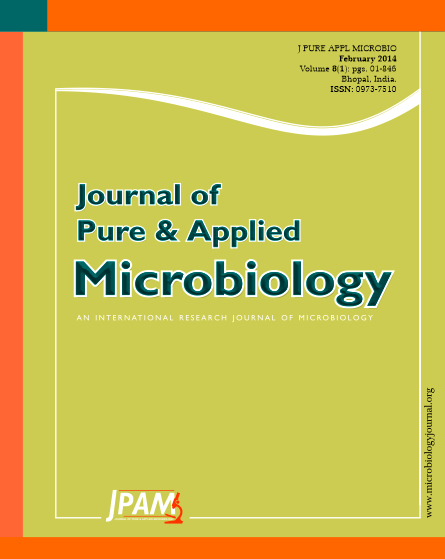In vitro antimicrobial activity of methanolic extracts of six medicinal plants (black seed, camphor, cloocynth, clove, ginger and white cedar) were investigated against pathogenic bacteria and fungi at 3, 6 and 9% concentrations. Results obtained in this study showed that the six plant extracts exhibited varied extents of antimicrobial activity against the tested organisms even at low concentration. Among the tested plant extracts, ginger recorded the highest antifungal activity against Alternaria radicina, Fusarium oxysporum, F. solani, Macrophomina phaseolina, Nigrospora oryzae, Phoma destructiva, Rhizoctonia solani and Sclerotium rolfsii at 9% concentration. Whilst, the maximum antibacterial activity was achieved by black seed extract at 9% concentration against the Gram-negative bacteria (Escherichia coli and Pseudomonas aeruginosa) and Gram-positive bacteria (Staphylococcus aureus and Streptococcus pneumonia). Chemical compositions of ginger and black seed methanolic extracts were studied using GC-MS analysis and resulted in the identification of 19 and 17 compounds, respectively. Further studies are needed to investigate the antimicrobial potentiality of the active constituents singly or in mixtures with other antibiotics.
Antibacterial, Antifungal, Black seed, Camphor, Cloocynth, Clove, Ginger, Medicinal plant and White cedar
© The Author(s) 2014. Open Access. This article is distributed under the terms of the Creative Commons Attribution 4.0 International License which permits unrestricted use, sharing, distribution, and reproduction in any medium, provided you give appropriate credit to the original author(s) and the source, provide a link to the Creative Commons license, and indicate if changes were made.


